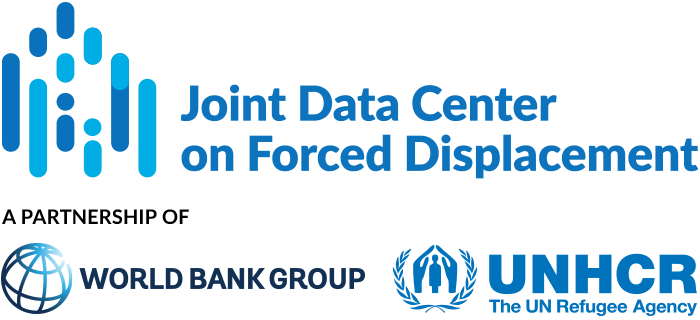This article investigates the determinants of women empowerment among refugee women living in Nairobi, Kenya.
JDC Literature Review
Using Poverty Lines to Measure Refugee Self-Reliance
This paper proposes a novel approach to measuring refugee self-reliance, grounded in global poverty measurement, that focuses on self-earned income. The measure captures the ability to meet physiological and basic material needs independently of aid.
Self-reliance and Social Networks: Explaining Refugees’ Reluctance to Relocate from Kakuma to Kalobeyei
This paper investigates why refugees are reluctant to move from the Kakuma refugee camp in Kenya to the new Kalobeyei settlement.
South-south refugee movements: Do pull factors play a role?
This paper examines the impact of destination country characteristics on south-south refugee movements between 2004 and 2019.
Cash transfers and micro-enterprise performance: Theory and quasi-experimental evidence from Kenya
This paper examines the business and price effects of cash-based assistance provided to refugees in Kenya.
The economic lives of refugees
This article systematically compares 12 distinct refugee subpopulations living in seven refugee camps and three capital cities across Kenya, Uganda, and Ethiopia.
Prevalence of posttraumatic stress disorder and associated factors among displaced people in Africa: a systematic review and meta-analysis
This systematic review summarizes the most recent data and evidence on the prevalence of posttraumatic stress disorder and the effect of associated factors on adult displaced people in Africa. Posttraumatic stress disorder is marked by increased stress and anxiety following exposure to a traumatic or stressful event.
Refugee settlements are highly exposed to extreme weather conditions
This article examines the exposure of refugee settlements to extreme weather conditions. Refugee settlements are often located in isolated and remote areas, with unfavorable land quality and harsh climates.
Why do states give refugees the right to work?
This article investigates why some low- and middle-income countries give refugees the right to work, while others do not. The authors disaggregate the right to work for refugees into the de jure right (rights in law) and the de facto right (rights in practice). They argue that the central government determines the de jure right to work, while local governments determine the de facto right to work.
Child poverty among refugees
This article estimates the intra-household allocation of consumption in refugee settlements and surrounding communities in Kenya and Uganda, and examines the implications for child poverty. Uganda is the largest refugee hosting country in Africa, with more than 1.5 million refugees and asylum seekers as of June 2022. Kenya is the third-largest refugee-hosting country in Africa, after Uganda and Ethiopia, with over 555,000 refugees and asylum seekers as of June 2022.


